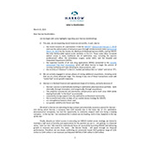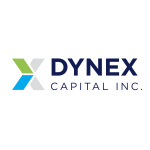This morning I have initiated a position in Jackson Financial (JXN) 8.0% fixed-rate reset preferred (JXN-A).
As I have noted many times I am kind of full up on treasuries and CD’s at the 4.9% to 5.40% area and now is the time to try to buy some fairly solid high yielders to balance the portfolio out.
This year has played out like this – Great gains through January. Sold considerable amounts during February locking in some nice capital gains and started moving into more CD’s and treasuries–then we had the banking crisis which meant little activity. A week ago I started searching for issues that were fallen angels. I added shares of the Tricontinental 5% preferred and now I have added some Lincoln Financial 9% preferred and today the Jackson Financial 8% preferred. I have plenty of dry powder as I have had CD’s and treasuries mature that I bought in September
This issue (JXN-A) came to market on 3/6/2023–just before we had the ‘banking crisis’ appear and being an insurance issue (annuity) the company has been painted with the typical banking and insurance paint brush. This means that the preferred shares were slammed and now trade around $21.30 for a 9.36% current yield. The yield to 1st call (3/30/2028) is just over 12%. This issue is just 1 notch below investment grade from both S&P and Moody’s.
Over the weekend I did some digging on this issue and I find the financials very acceptable–although very complex, because the company does hedge their investments so you have hedging gains and losses which tend to muddy the picture but this is preferred to many of the banks which did not hedge their long duration investments and now regret it. The company has almost $300 billion in asset under management – so a pretty large company.
Now does this mean I think the banking crisis is ended? No, but if I wait to see if it has 100% this bargain will no longer be there – it will be trading much higher. This is a starter position and I may or may not buy more–don’t know until I see more data. This is not a recommendation – as always.









